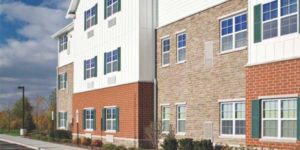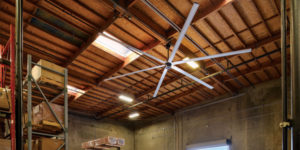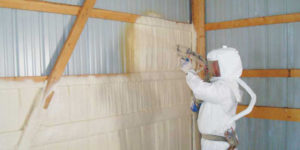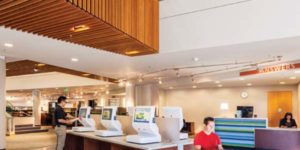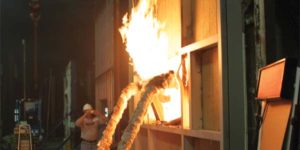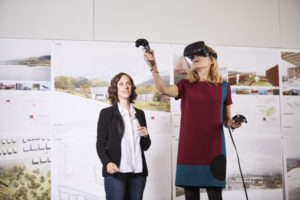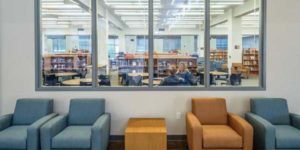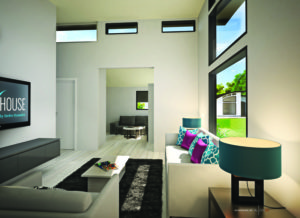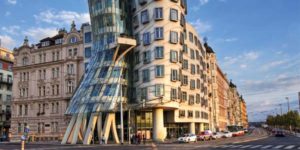For construction projects ranging from residential homes to light-commercial projects such as healthcare centers, retail buildings, and senior living facilities, manufactured stone veneers offer cost savings, quick installation, and opportunities for eye-grabbing aesthetics.
+ Read More
|
In 1998, dairy farmers were looking for a way to cool their cows and reduce heat stress. Air-conditioning was too expensive and it was impossible to run the ductwork in the barns.
+ Read More
|
A high-performance building envelope material, sprayed polyurethane foam (SPF) is increasingly used in commercial structures as an insulation and air barrier.
+ Read More
|
As K−12 school budgets dwindle and energy costs rise, fewer resources are dedicated to school operations and maintenance. As a result, the health and performance of these buildings (and the students and staff inside) suffer.
+ Read More
|
Fabric HVAC ductwork, also known as fabric air dispersion, has always offered specifiers choices when it comes to mechanical system efficiency and efficacy, but various new product innovations over the last eight years have resulted in superior alternatives to traditional metal ducts.
+ Read More
|
Building owners and occupants often take fire safety for granted. They assume that buildings are constructed with fire safety in mind and significant attention has been paid to building codes.
+ Read More
|
VR allows architects to quickly and easily understand how a building will look and feel so they can evaluate design options and create better spaces. This also allows architects to better communicate with their clients.
+ Read More
|
Safety has always played a key role in the design of schools, but the necessity is more heightened than ever today. High-profile issues like school shootings add to long-held safety concerns, the most notable being fire.
+ Read More
|
This year, ‘resiliency’ emerged in the building landscape as more than a buzzword. Many regions around the world are increasingly subject to the rigors of various impacts, including extreme weather, population shifts, disease, power or communication disruptions, and financial shocks.
+ Read More
|
Today, more architectural firms are pushing the limits of building design. In turn, designing a safe and efficient building envelope is becoming more complex.
+ Read More
|
|
|


